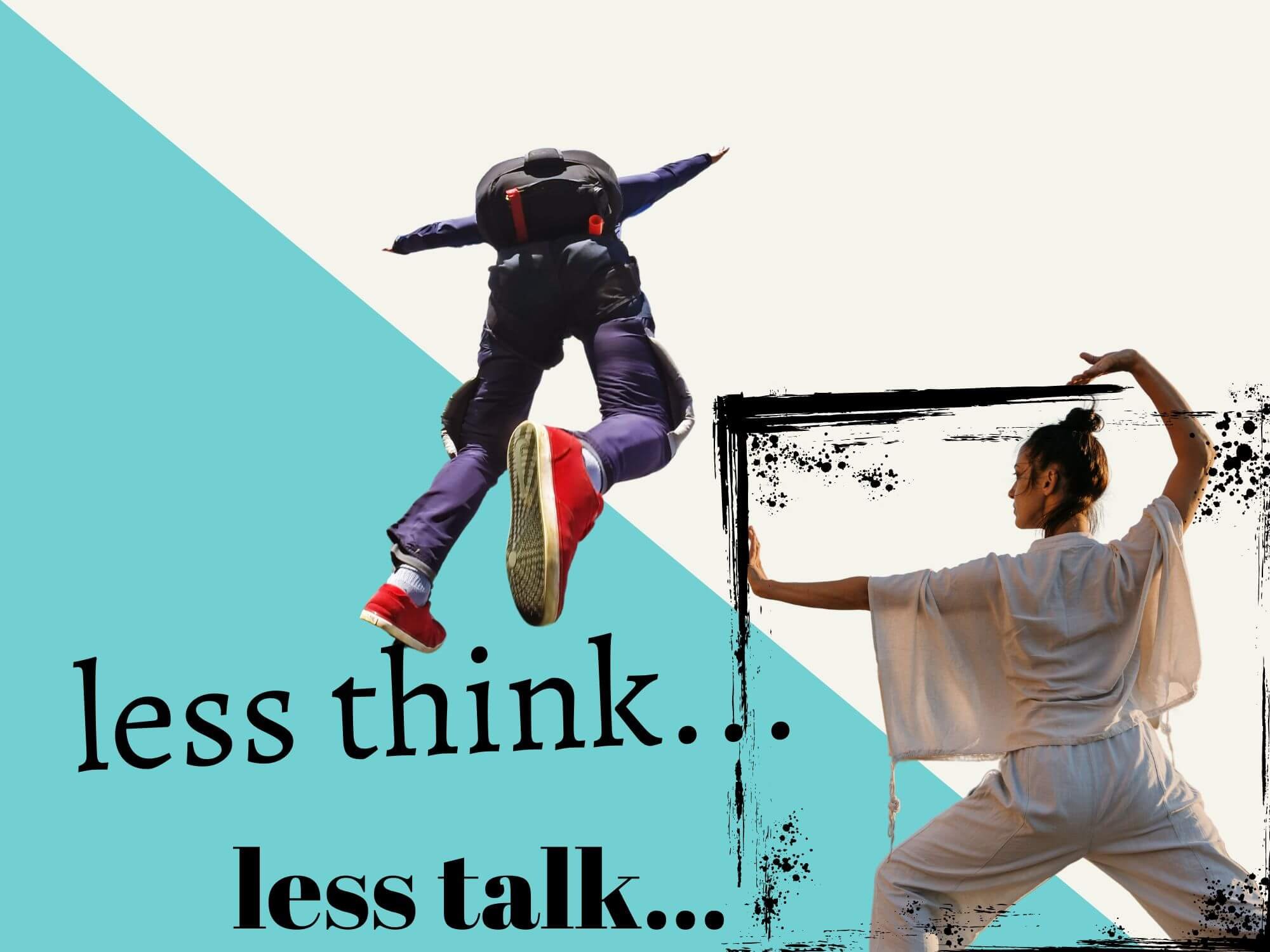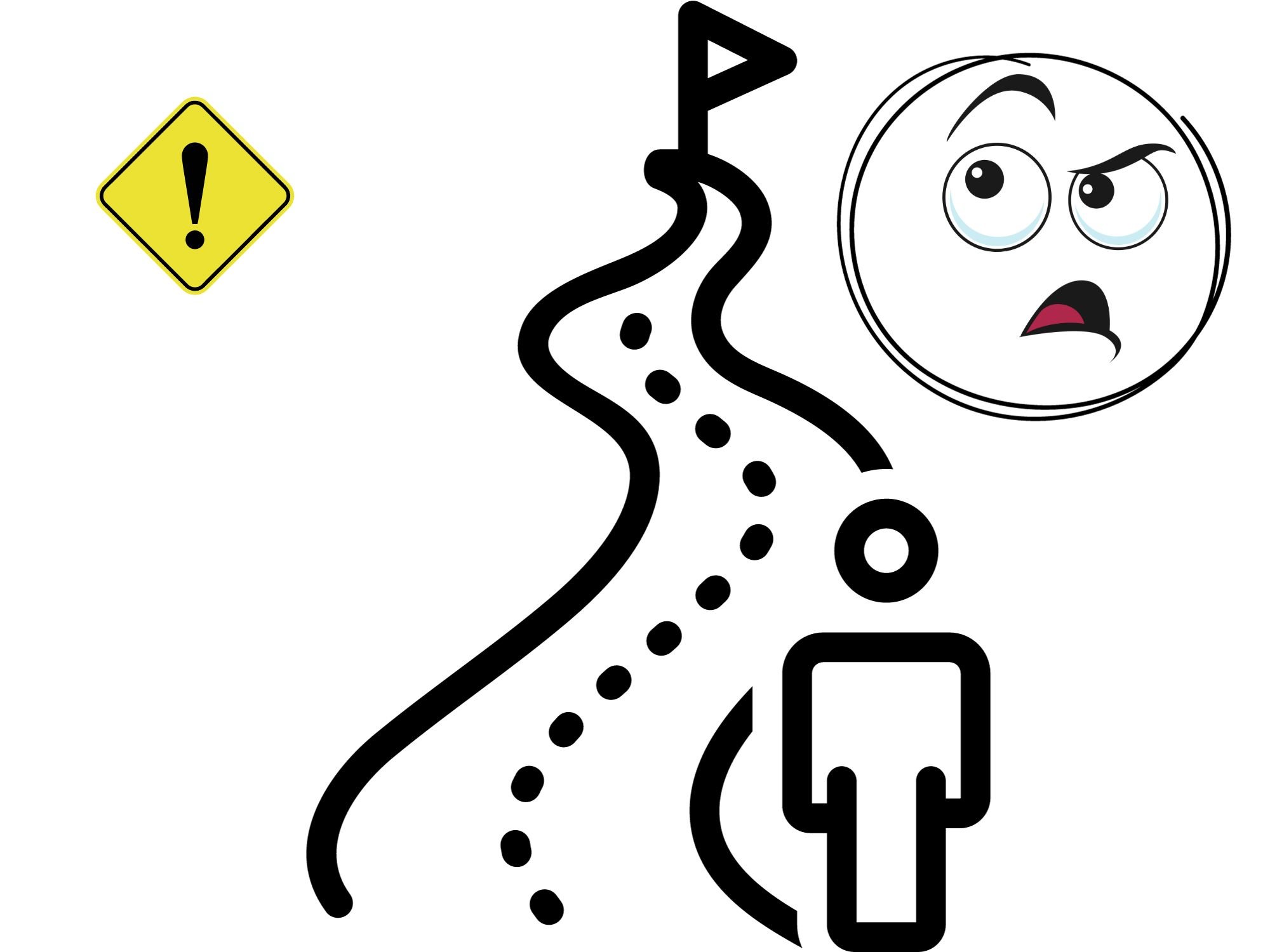Focus On What’s Important (narrow your focus in 6 steps)
Focus on what’s important, they said. It’ll be easy, they said.
But it’s hard.
There are just too many cool things to do these days and stuff that demands our attention – lots of opportunities, lots of noise…and lots of distractions.
So I wrote this post in hopes to help you narrow your focus.
The tips and steps below are things that are working for me, and I’m hoping they do the same for you.
Alright, let’s wrap up the small talk. Let’s get it.
Hey there, just a heads up that some of the links in this post may be affiliate links. That means I earn a small commission. This is at no extra cost to you, but helps me keep the lights on. Thank you for your support!
What Is A Narrow Focus?
Focusing on what’s important requires a narrow focal point. But what does “narrow” mean exactly?
A narrow focus is the ability to focus on one or a limited number of goals at a time. It’s the art of not spreading yourself too thin.
It’s easy to get swayed in multiple directions or to believe we just need to get better at multitasking. So a narrower focus can act like personal productivity guardrails in our life.
But before we explore more on how to hone in on things, let’s review a few of the benefits of finding focus.
The Benefits of Finding Focus
Focus is generally seen as a positive thing – and for good reason.
I mean, it’s completely normal to get distracted from time to time, but knowing how to dial in on specific tasks is an essential soft skill in modern times.
So here are some of my favorite perks for finding and practicing more focus:
You’ll be more productive and get more done
You’ll become more confident
Improved clarity in your work
Consistent focus creates momentum
Focus boosts the quality of your work
Less decision fatigue = better decision-making
Focus means you’re fully present, and more likely to build skills and get into a flow state
Less stress and anxiety
Reach your bigger goals quicker and more efficiently
Focus fosters discipline
How to Focus On What’s Important (6 steps)
These steps are my blueprint for finding focus (and for refocusing when I inevitably go adrift).
So give these ideas a try — but just remember to be patient with yourself. Big changes are the result of small steps forward over a long time.
1. Define Your Values
Defining your values is incredibly helpful for focus and motivation.
This is something I’ve only done recently actually. But it’s been a serious game-changer.
Personal values can evolve over time, but here are some examples of my current core values:
Creativity
Autonomy
Growth
Health
Authenticity
Uniqueness
Whenever I’m trying to decide what to focus on, I reference these values as a sort of guide for better decision making.
(They’re actually the background of my phone’s home screen, so they’re always top of mind)
Knowing what your values are requires some self reflection and mindfulness — I like to meditate for clarity on these things.
But you can also try taking a personal values test. I took the free one from personalvalu.es and it was super helpful for giving me a better idea of what I find most important.
Either way, defining your values is an important first step to cultivating stronger focus skills.
2. Choose One Thing
Once you know your values, you can move on to your goals.
So, what are your goals? And which ones are most important (or urgent)?
A common reason for focus issues is simply trying to accomplish too many things all at once.
For example, when I started this site, I wanted to:
Be a musician
Be an artist
Have a successful blog about creativity, my process and mindset
Make travel films leveraging my own music and art as unique projects
Convert those projects into charitable NFTs
Grow a social media following…
I still want to do many of these things (with some slight pivots). But I couldn’t focus on all of them at the same time.
It’s circles back to this idea: “you can do anything — you just can’t do everything…”.
So having multiple goals is awesome. But honing in on just one (or two) at a time is a key to success.
Once you’ve reached some important milestones, you can start expanding and branching off in new directions.
But how do you know when you’ve hit those milestones?
This requires reverse engineering.
So let’s explore this topic next (as it’ll help in strengthening our focus muscles even more).
3. Break Down Your Goals
Focus hinges on having a clear path forward.
We can do this by breaking down our core goal(s) into smaller steps. We do this by thinking backwards.
This will seriously boost our ability to focus on what’s important.
Because breaking down your goals will give you specific tasks and things to work on, so you know exactly where to put your attention, and in what order.
Here’s my quick method for how to break down goals:
Define your core macro goal
Define the micro goals necessary for meeting your macro goal
Define the core requirements, or components, of your main goal
Define the nano goals necessary for meeting each micro goal
Nano goals are like the daily tasks to complete
Take daily action on each nano goal or task
Show up, everyday and enjoy the compound effect over time
4. Define Your Focus Bottlenecks (+ create a system)
We are as good as our own weakest link.
So knowing your (focus) weaknesses is just as important as knowing your (focus) strengths.
Weaknesses create bottlenecks, which hinder our progress in meeting goals and focusing.
So the idea here is to clearly identify your focus weaknesses, and to create workarounds and solutions to them (for when they inevitably pop up).
Some examples of focus bottlenecks could be:
Time or time management
Motivation
Distractions or your environment
A tendency to multitask
Once you know what your core focus bottlenecks are, you can create workaround solutions to them.
For example, if time is a weakness, you can try implementing a time boxing technique to have a better, more consistent schedule.
Alternatively, if social media distractions are your focus weakness, you could turn off notifications (or completely remove the apps from your phone).
Defining your bottlenecks requires self awareness. But it will go a long way in strengthening your focus skills.
5. Create A Focus Habit
Focus is a habit. So let’s create a new one.
For me, habit formation is best achieved by working on forming new habits (not breaking old ones).
Because breaking old habits (like focus issues) is hard. Of course, that’s not to say that forming new habits is a walk in the park.
But it’s definitely easier than trying to change deeply ingrained behaviors or patterns.
So here are some quick tips for fostering a resilient new focus habit:
Create a habit-supportive environment (for example, limit distractions and avoid messy areas)
Create a consistent focus workflow and practice daily
Schedule in regular breaks in between stretches of work
Build your focus muscles over time (start small — for example, focusing for 5 minutes at first)
Improve your planning skills (for example, eliminating or automating unnecessary tasks)
6. Track Your Habits and To-Do’s
This last step will supercharge your focus.
Tracking your habits and to-do’s is great for organization and productivity.
And great focus may come down to simply building great organizational skills.
I mean, you can try to just keep tabs in your head (I used to do that). But this rarely ends well.
So recently, I’ve been using a (free) app called Todoist to create to-do lists and track my productivity.
It’s actually really helpful and motivating.
I can visualize my tasks and progress. It makes my productivity feel more tangible and in my control.
But of course, you can always opt for other options like a Google Doc, your Notes app or even pen and paper.
Either way, keeping track of your habits and tasks will have a big impact in your focus efforts.
So, What Is Your Focus Today?
The steps above have helped me tremendously in narrowing my focus and attention. I hope they do the same for you.
But just remember, don’t do too much at once. Tackle things one at a time and stay patient by prioritizing small daily improvements over large sudden leaps forward (which is unrealistic).
Once you’ve accomplished (or have made some good headway) on one specific goal, you can add more, or branch things off to new directions.
So, what is your focus today?
Want More? Check Out These Sweet Reads!







